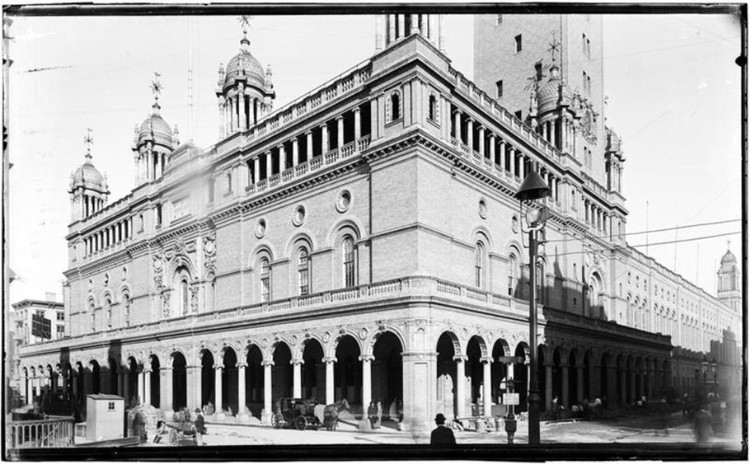
In 1906, American architect Stanford White was murdered on the roof of a building he had designed sixteen years earlier. The now well-known story goes like this:
White, a founding partner at the celebrated firm of McKim, Mead & White, met the beloved model and actress Evelyn Nesbit when he was forty-seven and she sixteen. The first time Nesbit visited White’s now-demolished apartment building on Twenty-fourth street in Manhattan, he fed her lunch from Delmonico’s before guiding her up to a room housing what Nesbit described as a “gorgeous swing with red velvet ropes around which trailed green similax, set high in the ceiling.” From there, he took Nesbit to his bedroom, the walls of which were covered in mirrors, where he drugged her. Nesbit recalled, "When I woke up, all my clothes were pulled off me." Years later, Nesbit’s husband, Harry Kendall Thaw, shot White at a rooftop performance at Madison Square Garden. As the New York Times reported the next morning, witnesses overheard Thaw saying of White, “he ruined my wife.”





.jpg?1530241817)








.jpg?1530241857)



